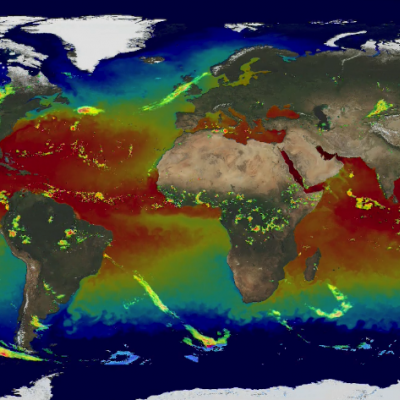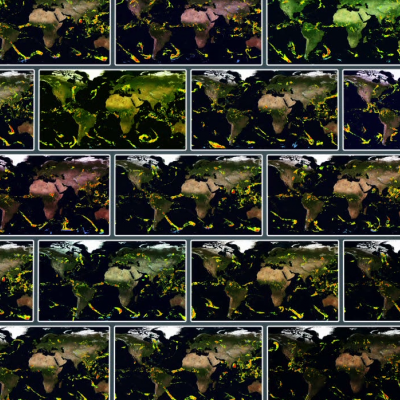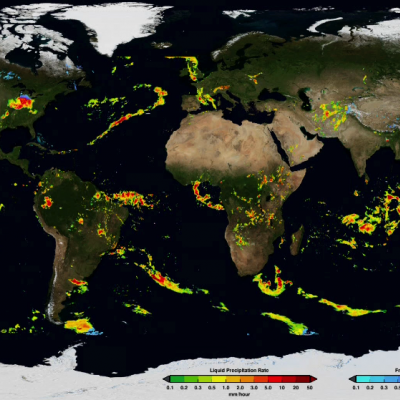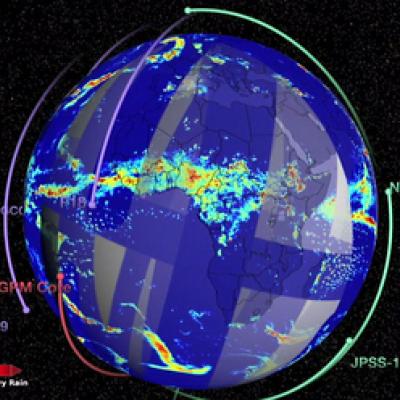GPM Constellation
A Global Tour of Precipitation from NASA
Precipitation (falling rain and snow) is our fresh water reservoir in the sky and is fundamental to life on Earth. A Global Tour of Precipitation from NASA shows how rain and snowfall moves around the world from the vantage of space using measurements from the Global Precipitation Measurement Core Observatory, or GPM.
F17 SSMIS L1C Data Product Update
F17 SSMIS Data Processing on Hold
The Data Downpour
A video describing how the GPM constellation turns observed radiances and reflectivities of global precipitation into data products.
For more information visit http://www.nasa.gov/content/goddard/g...
Our Wet Wide World (GPM Overview)
As anyone who has ever been caught in a sudden and unexpected downpour knows, gaps still exist in our knowledge about the behavior and movement of precipitation, clouds and storms. An upcoming satellite mission from NASA and the Japanese Space Agency aims to fill in those gaps both in coverage and in scientists' understanding of precipitation.





